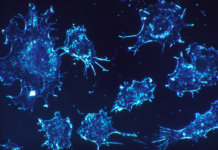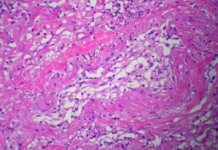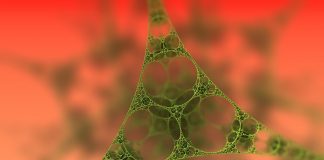Preventing our brains from spreading Parkinson’s disease using immunotherapy

As we age, the probability of reporting a neurodegenerative disease increases. Parkinson’s disease is the second most common neurodegenerative disease, just after Alzheimer’s disease[1]. Many treatments exist to reduce symptoms, but so far, none have been able to really stop the progression of this disease. Nevertheless, the seriousness of its consequences is pushing the research community to explore more and more promising avenues to finally overcome them.
Thus, at the beginning of August, a gathering of researchers from the United States and South Korea published an article in Molecular Neurodegeneration that could change the situation[2]. Their method to beat Parkinson’s disease: prevent brain cells from spreading it.
Parkinson’s disease: how does it spread?
To understand the reasoning used in this study, it is important to know how Parkinson’s disease spreads. Or, in any case, how current knowledge explains it.
Parkinson’s disease is caused by the formation of blocks of a protein in neurons: α-synuclein. Normally, this protein is used by some of our neurons and is totally non-toxic. Unfortunately, if the proteins of α-synuclein accumulate a little too much in a neuron, they can cluster to form what is called aggregates. These aggregates are very toxic. In addition, the machinery that degrades the proteins in our cells cannot destroy them. As a result, the affected neurons die, alerting the brain’s immune system. By getting rid of dying neurons, it causes significant inflammation that weakens the surrounding neurons.
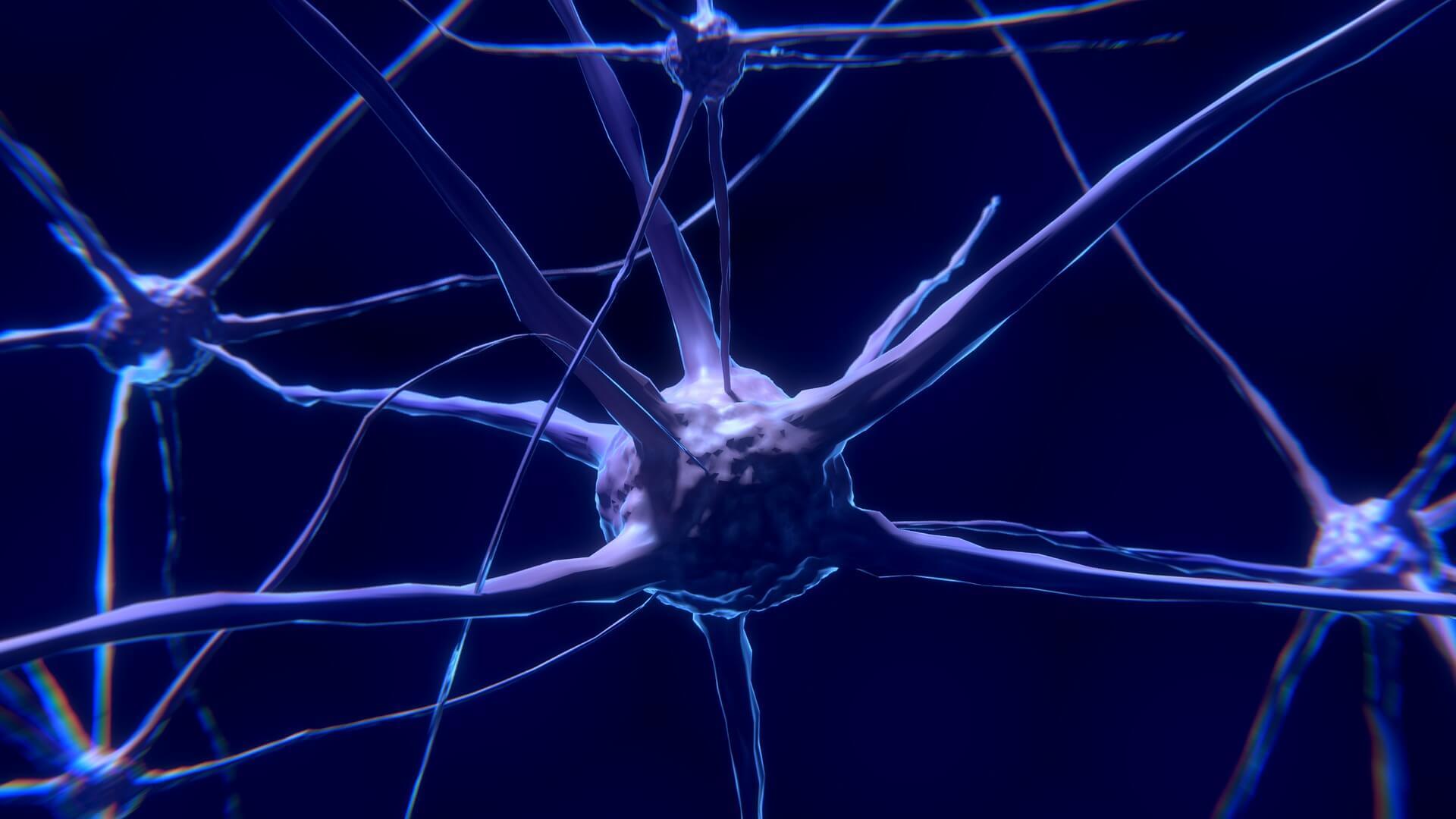
But how can we explain that a local phenomenon eventually spreads to large parts of the brain? It seems that the neurons, unable to get rid of the aggregates, share them with the surrounding cells. This phenomenon resembles a simple distribution of degradation work. However, it has a major disadvantage. Other cells are also unable to destroy aggregates, so this would only allow them to spread.
TLR2: an accomplice of Parkinson’s?
TLR2 belongs to the Toll Like Receptors family. These are proteins that our cells use to feel the presence of dangerous elements in their environment. In their previous work, the researchers showed that TLR2, on the surface of neurons as well as immune cells in the brain, binds to aggregates. This fixation would have two negative effects. First, it would prevent neurons from carrying out autophagy, a process that could help them survive[3]. Secondly, it would cause significant inflammation via immune cells[4].

The researchers then decide to observe the distribution of TLR2 in the brains of Parkinson’s patients. They then noticed that, unlike healthy brain cells, those of patients expressed much more TLR2. On the strength of their discoveries, they then decided to develop a genetically modified mouse to continue their experiments. These mice produce far more α-synuclein than normal mice and develop the same brain problems as patients. And here again, TLR2 is much more expressed by brain cells.
But how can we be sure that TLR2 is responsible, at least in part, for the damage observed? To answer this question, researchers are forcing the brain cells of mice already expressing more α-synuclein than normal to also express more TLR2. The result is that the Parkinson’s symptoms are worsened.
TLR2: a target to treat Parkinson’s using immunotherapy
If TLR2 seems harmful in case of Parkinson’s symptoms, why not prevent it from acting? This is the reasoning that researchers then apply. They decide to develop a specific antibody, binding to TLR2 and preventing it from working. To see if this type of immunotherapy would be effective, they use it to treat their genetically modified mice. They then observe striking results.
First, they compare the general appearance of transgenic mice treated or not. They observe that untreated mice develop symptoms of Parkinson’s disease, but not those that have received anti-TLR2 antibody. Indeed, the number of neurons does not fall in treated mice, inflammation is contained and even the number of aggregates is reduced! Nevertheless, researchers are wondering about the latter point: why are there fewer aggregates? They then decide to check whether TLR2 is not involved in the phenomenon of aggregate transmission mentioned above. It contributes significantly to the increase in the number of aggregates by “contaminating” other cells. To verify this, they look under a microscope at the movement of these aggregates between brain cells in vitro. And then, surprise: in the presence of the anti-TLR2 antibody, the movements are greatly slowed down.
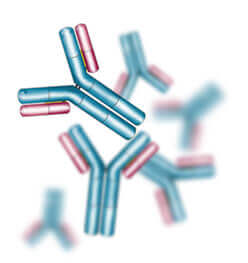
Thus, attacking TLR2 would seem to significantly slow the progression of Parkinson’s disease. Moreover, this study shows that considering immunotherapy against TLR2 is a very promising avenue for future treatments.
References:
[1] Lee HJ, Bae EJ, Lee SJ. Extracellular alpha–synuclein-a novel and crucial factor in Lewy body diseases. Nat Rev Neurol. 2014;10:92–8
[2] Kim C, Spencer B, Rockenstein E, Yamakado H, Mante M, Adame A, Fields JA, Masliah D, Iba M, Lee HJ, Rissman RA, Lee SJ, Masliah E. Immunotherapy targeting toll-like receptor 2 alleviates neurodegeneration in models of synucleinopathy by modulating α-synuclein transmission and neuroinflammation. Mol Neurodegener. 2018 Aug 9;13(1):43.
[3] Kim C, Rockenstein E, Spencer B, Kim HK, Adame A, Trejo M, Stafa K, Lee HJ, Lee SJ, Masliah E. Antagonizing neuronal toll-like receptor 2 prevents Synucleinopathy by activating autophagy. Cell Rep. 2015b;13:771–82
[4] Kim C, Ho DH, Suk JE, You S, Michael S, Kang J, Joong Lee S, Masliah E, Hwang D, Lee HJ, et al. Neuron-released oligomeric alpha-synuclein is an endogenous agonist of TLR2 for paracrine activation of microglia. Nat Commun. 2013;4:1562.
Baptiste Tesson

Author
Auteur
Baptiste is studying biology at the École Normale Supérieure de Lyon and bioengineering at the École Polytechnique Fédérale de Lausanne. He worked on the optimization of Cas9 as a tool for genome editing and on the emergence of blood stem cells in the zebrafish. He currently works on the patterning of the muscles, also in the zebrafish. He plans on doing a PhD in developmental biology.
More about the Long Long Life team
Baptiste étudie la biologie à l’École Normale Supérieure de Lyon et la bioingénierie à l’École Polytechnique Fédérale de Lausanne. Il a travaillé sur l’optimisation de la protéine Cas9 comme outil de modification de génomes et sur le développement des cellules souches du sang chez le poisson zèbre et travaille actuellement sur la mise en place des muscles chez le même animal. Il projette de réaliser un doctorat axé vers le développement animal.
En savoir plus sur l’équipe de Long Long Life



![[Video] Eurosymposium on Healthy Ageing, Brussels, 2018 Eurosymposium on Healthy Aging](http://www.longlonglife.org/wp-content/uploads/2019/07/P1310252-218x150.jpg)





